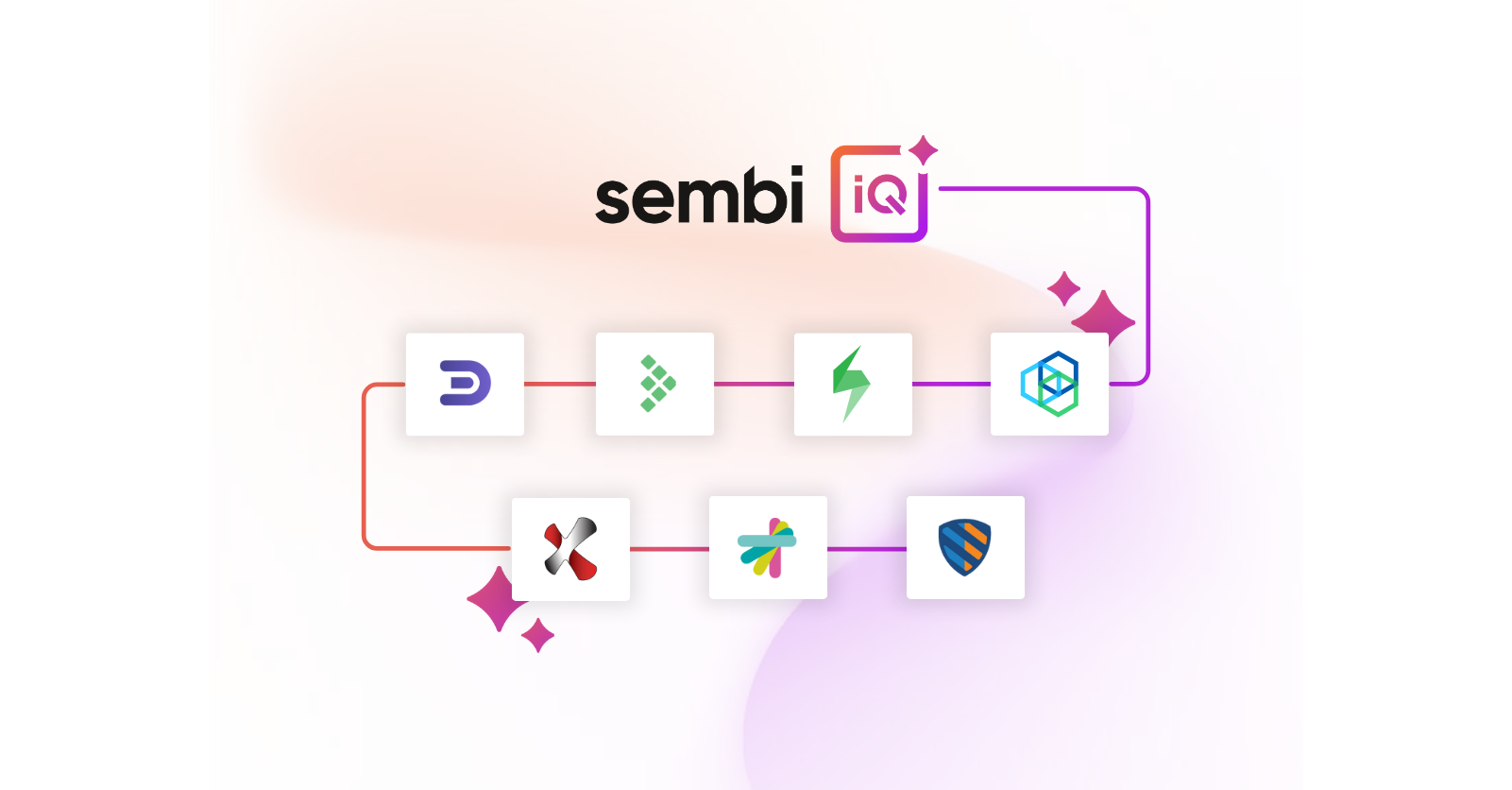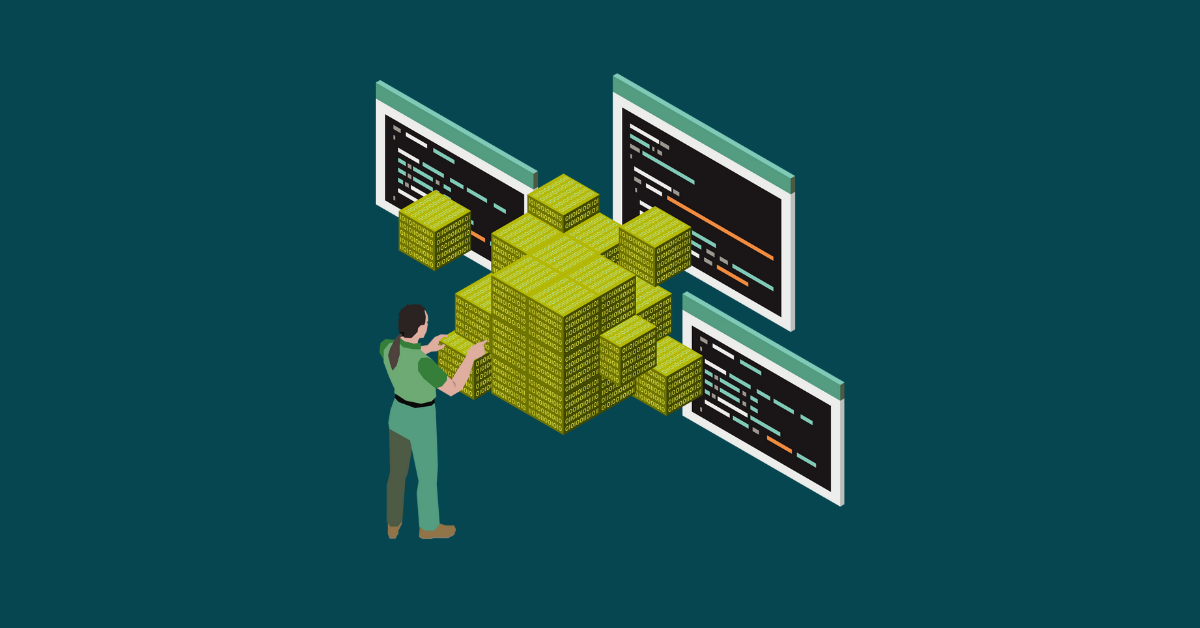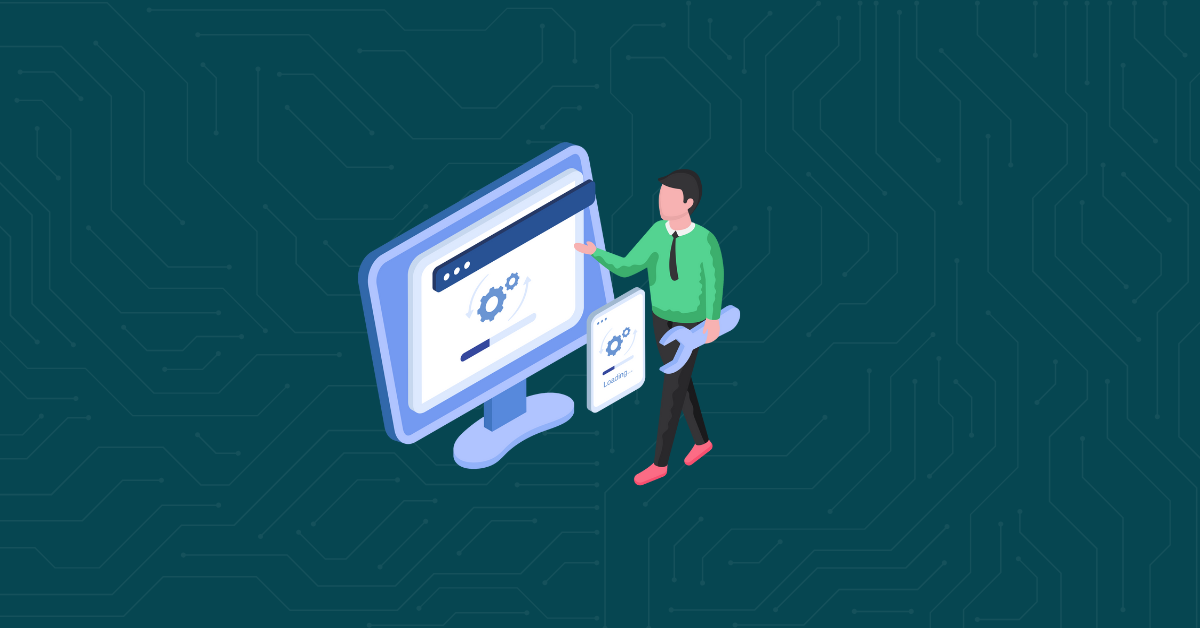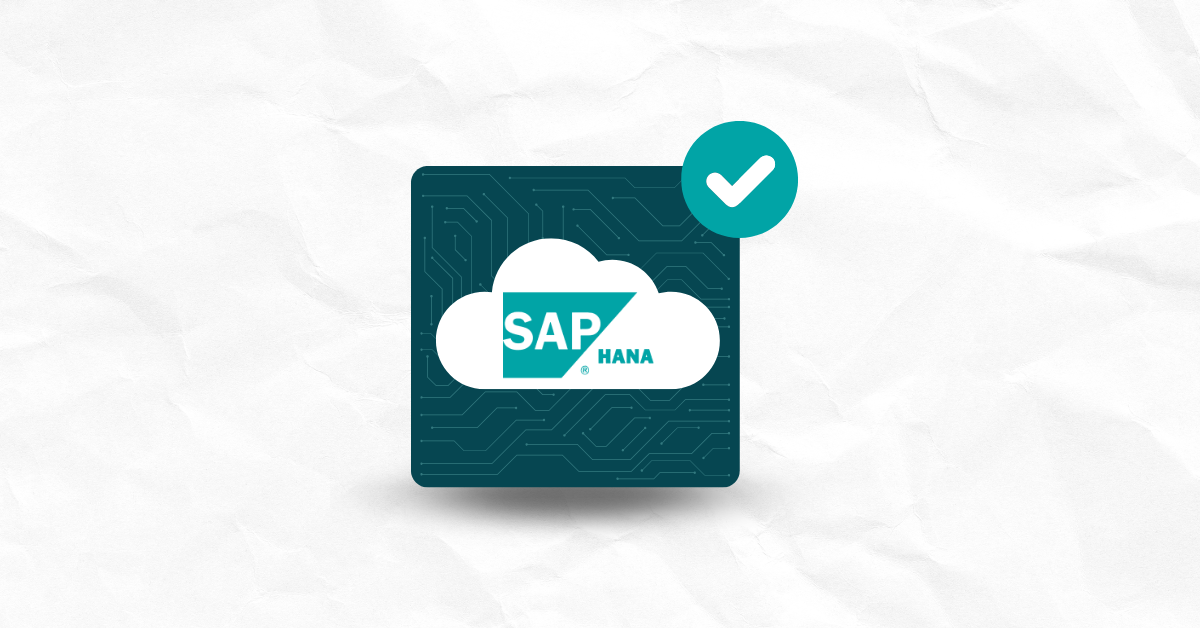

Development environments change, operating systems evolve, teams adopt new tools, and software rarely stays where it started. Whether you’re migrating infrastructure, moving to the cloud, or shipping across platforms, your code needs to keep up. That’s where code portability comes in.
Code portability is the ability to run software in a different environment, such as a new operating system, CPU architecture, or runtime, without rewriting major portions of the code.
It’s about designing applications that can adapt to changes in infrastructure, deployment targets, or execution contexts with minimal friction.
Common examples of portable code include:
Too often, code becomes entangled in platform-specific behavior like system APIs, environment variables, or hardware assumptions, and they make it difficult to migrate. Software portability aims to break that pattern by promoting reuse over rework, so your code is easier to maintain, extend, and deploy across a variety of systems.
Code portability becomes a priority when you’re trying to run the same application, script, or module across different environments without rewriting everything from scratch. The most common scenarios that force this need include:
Whether you’re developing on macOS, Linux, or Windows, code that relies on OS-specific behaviors becomes brittle fast. Portability means your application can deploy smoothly across different operating systems without requiring major rewrites or painful workarounds.
As workloads shift from on-prem to AWS, GCP, Azure (or a combination of), then environment-agnostic code becomes critical. Portable applications reduce the risk of platform lock-in and make it easier to adapt to evolving infrastructure strategies.
Containers promise portability, but that’s only true if your code avoids hardcoded paths, local dependencies, or rigid network assumptions. Writing portable code makes it so that containerized apps function consistently across environments and clusters.
When other teams or the open-source community need to run your code, portability becomes the difference between seamless integration and frustrating “works on my machine” issues. Clean, portable code reduces friction and accelerates collaboration.
CI/CD platforms like Jenkins and GitHub Actions often run your code in fresh, ephemeral environments. Portable test scripts and builds are gamechangers for reliability, allowing automated pipelines to work consistently across stages and platforms.
Applications rarely run on a single stack. You might have .NET services on Windows and Python microservices on Linux. Portable modules can deliver interoperability and maintain performance across diverse architectures.
As teams grow and platforms evolve, portable code proves easier to version, refactor, and extend. Investing in portability early reduces technical debt and keeps your software adaptable to future needs.
It’s easy to confuse code portability with code maintainability. Both are critical in long-term software engineering but emphasize different goals and require different design decisions.
| Portability | Maintainability |
| Focuses on where code can run. Can this code execute across different systems, devices, or platforms without major rewrites? | Focuses on how easily code can evolve. Can this code be understood, modified, or extended with minimal risk? |
| Strategic concern. Ensures your application can adapt to new environments or infrastructure. | Operational concern. Helps teams keep code clean, reduce errors, and support long-term development. |
| Key for cross-platform deployment, cloud migration, and hybrid architectures. | Key for reducing technical debt, improving code quality, and accelerating updates. |
| Example: Running the same application on Windows, Linux, and macOS without changing the source code. | Example: Refactoring a legacy module to add new features with minimal bugs or regressions. |
Portability is about execution context: Can this source code run on a different system, device, or platform without a complete rewrite? It’s a strategic concern because it makes sure that your code can adapt to new environments, hardware, or infrastructure without needing to be rebuilt.
Maintainability focuses on how quickly and safely code can be understood, modified, or extended. It’s more operational. You’re thinking about how to keep the codebase clean, reduce errors, and make future changes easier through modular structure, well-scoped functions, and consistent syntax.
Good architecture supports both portability and maintainability. Clean, reusable modules improve maintainability and reduce the friction of porting code to new environments. Similarly, wise optimization choices can make logic easier to adapt when rewriting or deploying to a different platform.
A number of variables can affect code portability, especially the systems your code interacts with and the assumptions it makes about where it runs. The following factors have the most significant impact on whether your code can easily move across environments.
Your choice of programming language shapes how portable your application can be. Languages like Java and Python are often easier to adapt across systems because they run on virtual machines (JVM, Python interpreters) rather than being tightly coupled to the underlying hardware or OS. This allows the same code to execute consistently across different platforms.
By contrast, languages like C or C++ compile directly to machine code, often relying on platform-specific system calls or dependencies. This can lock applications into certain operating systems or architectures. For example, code that uses Windows-only APIs would require significant adjustments to run on Linux or Unix systems.
Portability breaks down quickly when your code relies on the operating system’s specific APIs or system-level behavior. A script that works flawlessly on Windows may fail on macOS, Linux, or Unix due to differences in available commands, permissions, or path syntax. Writing for different operating systems requires a clear separation of concerns.
For example, a Windows-specific system call to list directory contents might use:
dir C:\Users\Public\
Whereas on Linux or macOS, the equivalent would be:
ls /home/public/
Code that hardcodes these OS-dependent commands will fail when ported across platforms. Writing for multiple operating systems requires clear separation of concerns and using cross-platform libraries or wrappers wherever possible.
The environment where your code is compiled or executed can introduce unexpected issues. Variations in the compiler, runtime, or interpreter—or even variations across different versions— can change how your code behaves. Languages like Java offer more consistency thanks to the Java virtual machine (JVM), while C++ or Go may behave differently depending on platform-specific compiler flags or toolchains.
Code that assumes specific directory structures, file systems, or encoding standards (such as ISO formats) often fails to run outside its original environment. Differences in how executables are built or how environment variables are handled across systems can create hidden dependencies that erode portability.
For example, hardcoding a file path like this:
config_path = "C:\\Program Files\\MyApp\\config.json"
will break immediately on Linux or macOS, where paths use forward slashes and different directory structures. A portable approach would dynamically construct paths based on the environment:
import os
config_path = os.path.join(os.getenv("APP_CONFIG_DIR", "/etc/myapp/"), "config.json")
This eliminates assumptions about the underlying file system and allows the code to adapt based on environment variables or OS conventions.
External dependencies, especially those pulled from platforms like GitHub, can introduce compatibility challenges. If a library isn’t well-maintained or only supports a single platform, it may force your code into a corner. Go for portable, actively maintained libraries and avoid tying your codebase to vendor-specific tooling like Microsoft-only SDKs.
Tools like virtual machines and containers help to blur platform differences but are not magic bullets. A containerized app still depends on the portability of the code inside it: Just because you can move the runtime, doesn’t mean the code itself is portable unless it was written that way from the start.
Code portability doesn’t happen by accident. In fact, unless you’re actively avoiding OS-specific calls, abstracting environment dependencies, and testing across platforms, your code is probably more fragile than you think.
Most “organic” code ends up tightly coupled to its original setup, and the moment you try to run it somewhere else, you hit a wall of silent failures, broken paths, or missing dependencies. In other words: Portability is a feature, not a fluke.
Languages like Java, Python, JavaScript, and PHP are designed to run on a wide range of platforms. Their mature ecosystems and standardized runtimes make it easier to maintain consistency when deploying across operating systems or hardware configurations. When portability is a priority, choosing the right language sets the tone from the start.
Look for languages that:
Don’t scatter environment-specific behavior throughout your codebase. Instead, isolate platform-dependent functionality into clearly defined modules. This keeps the core application logic clean and allows you to substitute platform-specific implementations as needed without rewriting everything.
Containers, virtual machines, and modern CI/CD systems help you test and deploy across environments more reliably. Tools like Docker make it easier to standardize runtime conditions, but they still depend on how your code is written. A portable container begins with portable code.
Magic numbers are unexplained numeric values hardcoded directly into the code without context. They may include things like buffer sizes, timeouts, or limits. For example:
if (inputLength > 1024) { /* do something */ }
This makes code harder to maintain and adapt, especially across platforms with different performance profiles or constraints. A better approach is to define such values as named constants or configurable parameters:
#define MAX_INPUT_LENGTH 1024
if (inputLength > MAX_INPUT_LENGTH) { /* do something */ }
Similarly, hardcoded file paths create assumptions about directory structures that don’t hold across operating systems. Instead of hardcoding, use environment variables or configuration files to dynamically determine paths:
import os
log_path = os.getenv("APP_LOG_DIR", "/var/logs/myapp/")
Avoiding both magic numbers and hardcoded paths improves code readability, maintainability, and adaptability so that your application is more portable across systems.
When in doubt, lean on well-documented interfaces and standardized design patterns. Following conventions will make your application more understandable, testable, and adaptable when transitioning between platforms or scaling into new environments. The fewer assumptions your code makes, the more portable it becomes.
The more places your code can run, the more assumptions get tested, and the more opportunities for things to break in unexpected (sometimes dangerous) ways. Code that works flawlessly on a developer’s machine may leak sensitive data, over-permit a file, or silently fail in production because the threat model didn’t travel with the code.
Portable code forces developers to write with fewer local assumptions about file paths, privileges, or whatever else is considered “secure” by the OS. You can’t count on the same directory structure, environment variable behavior, or system defaults. That means coding differently: validating inputs more carefully, avoiding hardcoded paths, and externalizing configuration instead of embedding it.
Portable code needs predictable environments, whether it’s running in containers, virtual machines, CI pipelines, or multi-cloud deployments. DevOps and platform teams are responsible for ensuring consistency. But configuration drift, inconsistent secrets management, and unmanaged dependencies can introduce vulnerabilities. A portable app might behave differently (or fail) if the runtime environment varies. That’s why DevOps plays a critical role in minimizing drift through automation, infrastructure as code, and standardized provisioning.
Traditional AppSec workflows assume static environments. Portability disrupts that. The threat model has to become dynamic and aware of what the code does, where it might go, and how it could behave in different contexts. Security needs to shift left to audit environment interactions, flag inconsistent behavior, and harden assumptions across platforms.
You may not always know where your code will run next, but you need the confidence that it can go wherever it’s needed without introducing friction, risk, or rework. That’s the promise of code portability: your application performs consistently, scales across environments, and stays maintainable over time.
Code that’s portable should also be secure. Vulnerabilities that stay hidden in development can become serious liabilities when code moves to new environments.
Kiuwan’s Code Quality analysis helps you spot issues before they become blockers. From platform-specific dependencies to hardcoded paths and non-compliant code patterns, Kiuwan provides actionable insights to keep your codebase adaptable and portable. Request a demo and see how Kiuwan can help you write secure, portable code that performs today and holds up tomorrow.


